Frying an egg seems like the simplest task in the kitchen, until you try to get that perfect golden edge, set whites, and runny yolk. We put that idea to the test by trying every method we could find, from the classics to the bizarre. Our mission? To find the absolute best way to fry an egg. Some methods bombed, others came close, but one surprise technique blew the rest out of the pan. Here’s how each method stacked up, and which one shocked us with its flawless results.
1. Classic Butter in a Skillet
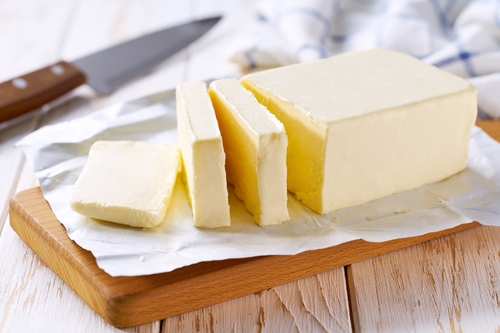
This is the gold standard, and probably the first method most home cooks learn. You grab a nonstick skillet, melt a small knob of butter over medium heat, then gently crack in an egg. As the butter sizzles, the whites begin to firm and the edges turn slightly golden. Spoon a bit of hot butter over the yolk to help it cook without flipping. It’s simple, accessible, and works nearly every time.
The result is an egg with soft whites, a creamy yolk, and subtle richness from the butter. However, the browning can be inconsistent, and without careful timing, the yolk can overcook or the whites can get rubbery. It’s great for beginners and still holds up flavor-wise, but doesn’t necessarily create that restaurant-quality finish.
Verdict: Solid, but not show-stopping. A reliable weekday method that does the job without fuss.
2. Olive Oil Over Medium Heat
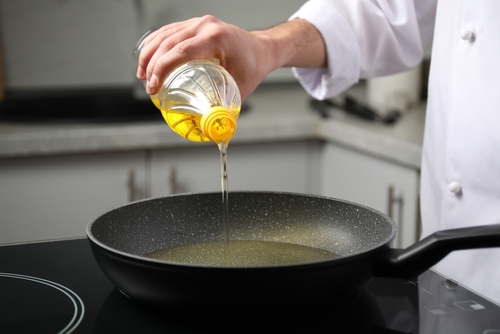
If you’re looking for something a bit more Mediterranean or health-conscious, swapping butter for olive oil adds both flavor and flair. You heat a generous drizzle of olive oil in a skillet until shimmering, then crack in your egg. Immediately, you’ll hear a sizzle, and the whites start to dance. The oil quickly crisps up the outer edges, giving them a lacy texture that’s borderline addictive.
The egg fries fast, so you need to keep an eye on it. You can tilt the pan and spoon hot oil over the top for even cooking. The taste is richer and more savory than butter, but not everyone enjoys the grassy, peppery notes olive oil can bring. For those who do, though, it’s a strong contender.
Verdict: Crisp and flavorful, but too specific in taste for some. A great method if you love texture and bold flavors.
3. Steamed Under a Lid
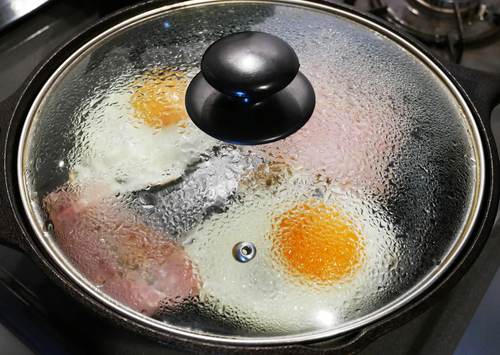
This approach changes the game completely, especially if you hate crispy edges. Once your egg is in the skillet, you add a teaspoon of water and immediately cover the pan with a tight-fitting lid. The steam created cooks the top of the egg gently, resulting in a softly set yolk and perfectly tender whites.
There’s no sizzling, no splattering, and no browning, which makes this method great for sandwiches or when you want a neat, uniform egg. It’s almost poached in texture, though done in a pan. However, the trade-off is zero crunch or golden color.
Verdict: Gentle and foolproof, but not for crispy fans. Ideal for low-mess cooking or precise plating.
Read More: Secret Ingredients & Life-Changing Cooking Hacks Restaurants Don’t Want You to Know!
4. Basted in Butter
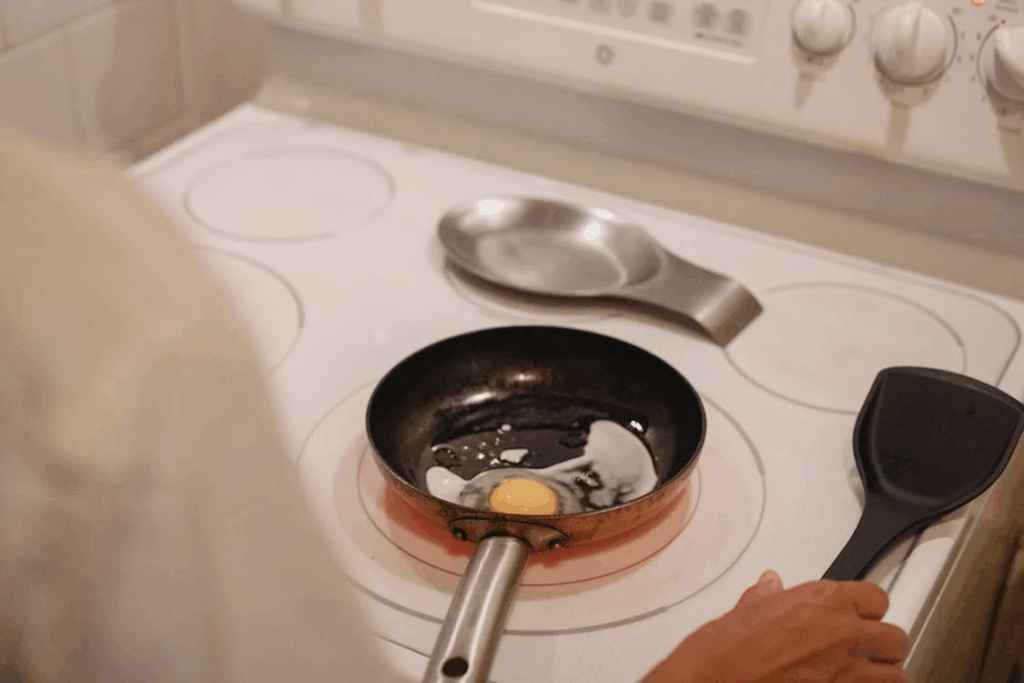
This method feels indulgent, but it’s a major upgrade if you’re into richness. You start by melting a generous amount of butter in a hot skillet, then crack in the egg. Once the whites begin to firm up, you tilt the pan and spoon the hot bubbling butter over the whites and yolk repeatedly.
This does two things: it helps cook the egg evenly without flipping and adds incredible flavor. The butter browns slightly as it cooks, adding a toasty depth that’s almost nutty. The yolk stays runny, the whites get fully cooked, and the edges develop just a hint of crispness without going too far.
Verdict: Rich, indulgent, and Instagram-worthy. A restaurant-quality finish that takes only a bit more attention.
5. In a Cast Iron Skillet
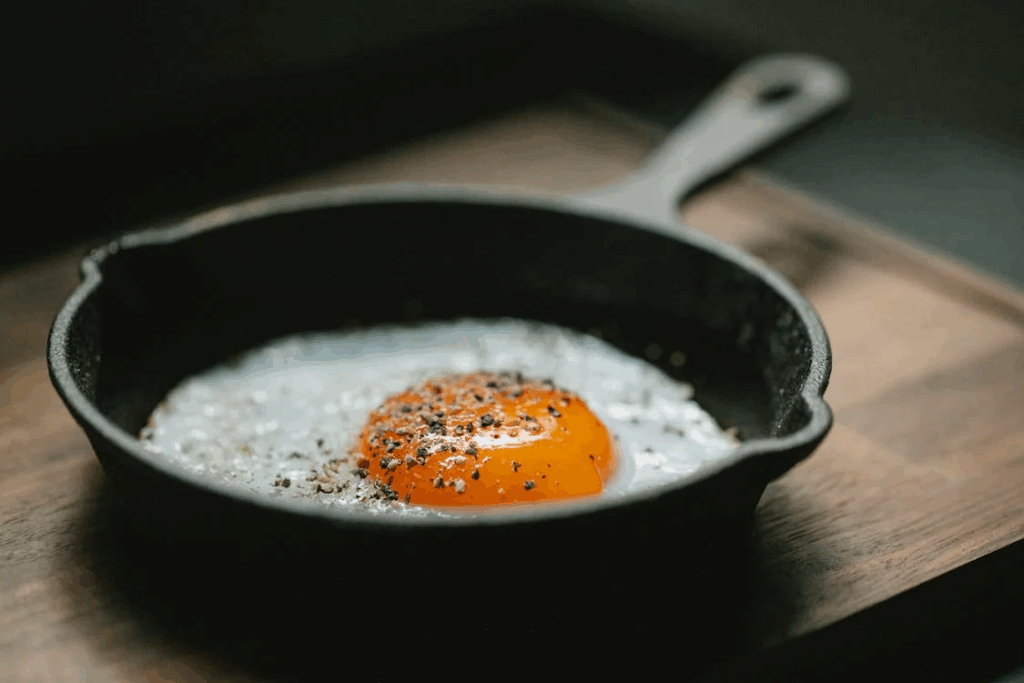
This method is all about control and commitment. Cast iron holds heat like no other, so it’s essential to preheat it properly and use enough fat—oil or butter—to prevent sticking. Once the pan is ready, you crack in the egg and watch the magic happen.
The whites begin to set almost instantly, and if you’re using oil, they’ll crisp around the edges with dramatic flair. The center stays soft and custardy if your timing is right, and the cast iron gives the egg a depth of flavor you don’t get from nonstick. However, there’s a learning curve. If your pan isn’t seasoned well or the heat’s too high, things go south quickly.
Verdict: High risk, high reward. When done right, it’s unbeatable, but beginners beware.
6. Microwaved in a Dish
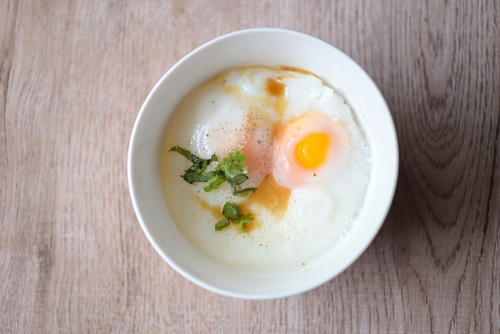
Microwaving eggs sounds convenient, and in theory, it is. You take a small greased dish or ramekin, crack in your egg, pierce the yolk to avoid it bursting, and microwave in short intervals. The cooking time varies depending on your microwave’s power, but usually takes under a minute.
What you get is technically a cooked egg, but it lacks every quality you associate with a good fried one. There’s no crisping, no golden edges, and the texture is rubbery at best. The whites become chewy, and the yolk tends to harden or explode if you’re not watching closely. It’s fast, yes, but not worth the trade-offs in taste or appearance.
Verdict: Emergency-only cooking. Fine if you’re desperate or stuck in a hotel room, but don’t expect a satisfying breakfast.
7. Air-Fried on Parchment
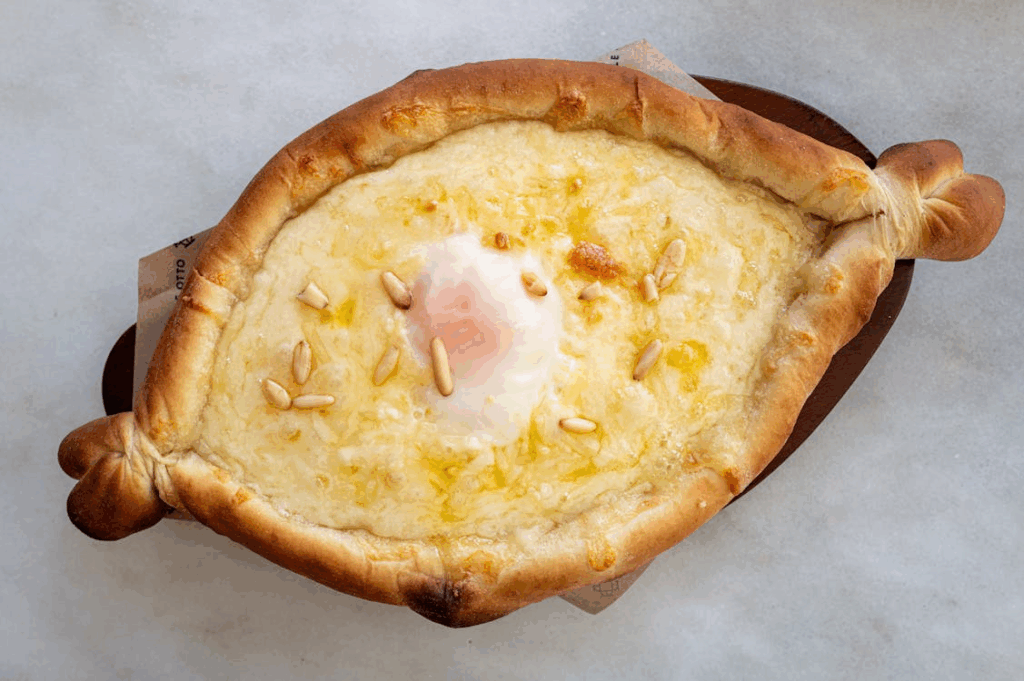
This method leans on the air fryer’s reputation for being the ultimate kitchen hack machine. You cut a piece of parchment to fit the fryer basket, lightly coat it with oil, crack in the egg, and set the temperature to about 180°C (350°F) for 4 to 6 minutes.
The egg comes out surprisingly decent. The whites cook through evenly, and the yolk usually stays intact and a bit soft in the center. However, there’s no browning or sizzling involved, and the edges stay pale and flat. It feels more like a baked egg than a fried one.
Still, it’s tidy, quick, and requires almost no supervision. If you’re cooking multiple eggs at once or hate standing over the stove, this might work for you.
Verdict: Fast and clean, but lacks the soul of a proper fried egg. Good for meal prep, not flavor bombs.
8. Deep Fried in Hot Oil
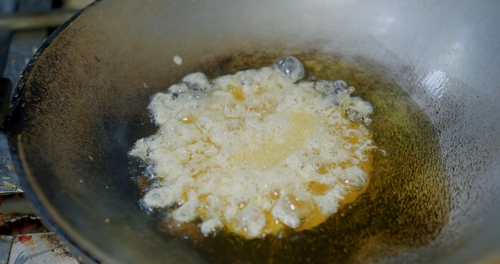
Now we’re getting dramatic. This is the “go big or go home” method of frying an egg. You heat a few inches of neutral oil in a small pot to around 180°C (350°F), crack in an egg, and stand back. The moment it hits the oil, the egg balloons and crisps with furious bubbles.
The whites puff into a lacy, crunchy nest while the yolk stays soft in the middle. It’s beautiful to look at and absolutely decadent to eat. The downside is the sheer effort and clean-up involved. You’re using a lot of oil for one egg, and the splatter risk is real.
Verdict: Wildly crispy, rich, and impressive, but it’s a production. Great for brunch showstoppers, not everyday use.
9. Cold Pan, Low Heat Start
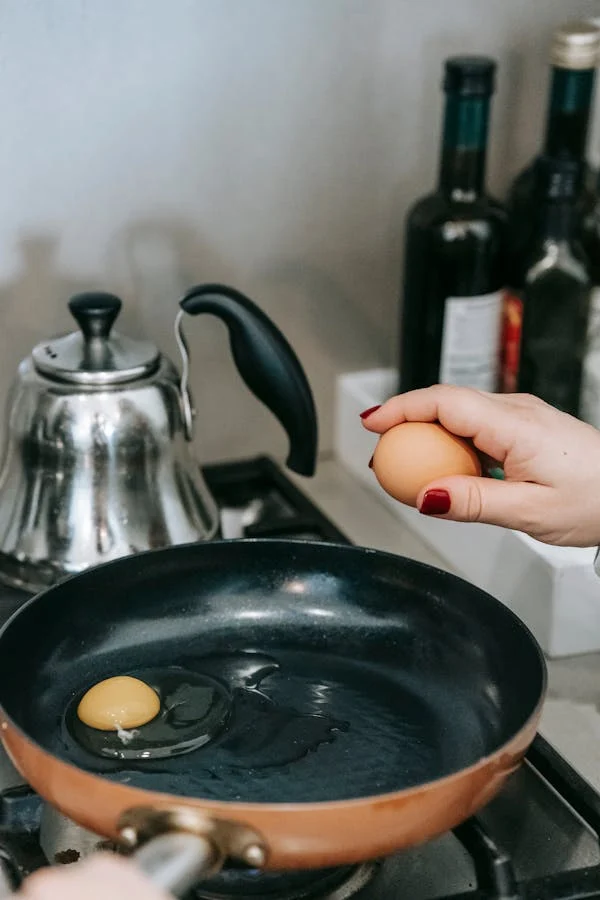
This method sounds counterintuitive but delivers incredible texture. Instead of preheating your pan, you start cold. You crack the egg into a cold nonstick pan with butter, then gently turn on the heat to low.
As the pan warms, the whites begin to set slowly and evenly. There’s no bubbling or browning, just soft, custardy whites and a glossy yolk that stays centered. It’s the gentlest way to fry an egg and works wonders if you hate crispy bits or want absolute control.
The major downside is time. It takes longer than other methods and requires a bit of patience. But the results are ultra-smooth, tender eggs that look and taste delicate.
Verdict: Delicate and dreamy. Perfect for egg purists or low-and-slow cooking fans.
10. The Curveball Winner: Mayonnaise-Fried Egg
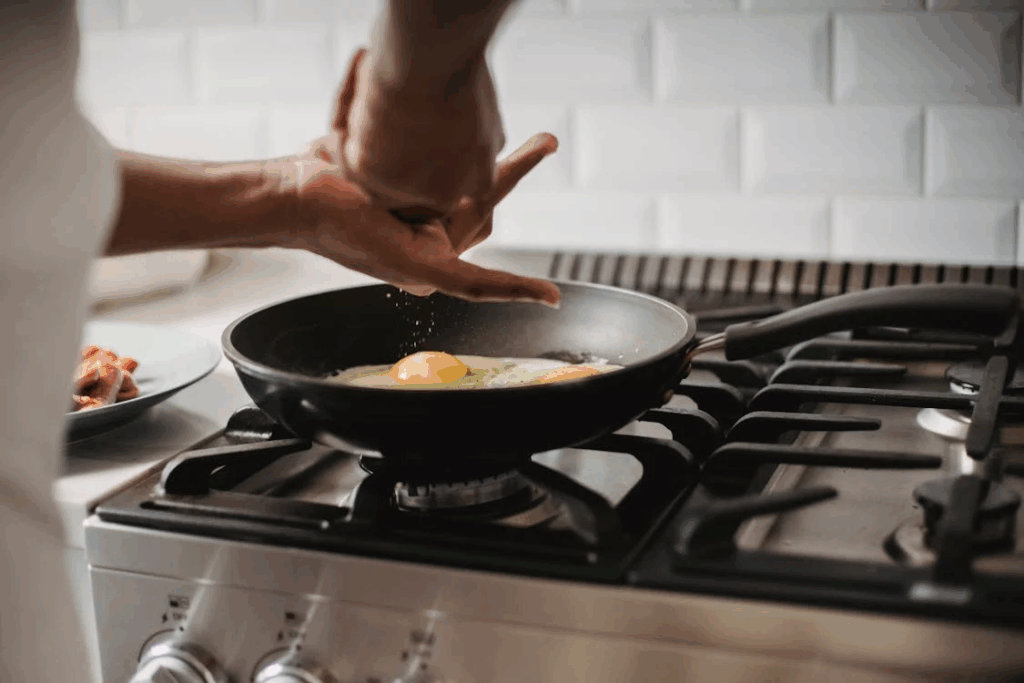
We didn’t see this one coming. Using mayonnaise in place of oil or butter felt like a joke, but it actually works brilliantly. A spoonful of mayo goes into a hot pan and melts into a fat that crisps up like nothing else.
The egg slides in, the whites puff, and the edges caramelize with savory, slightly tangy flavor. The yolk stays gooey and perfect. The result? A golden, lacy, flavor-packed egg that tastes like breakfast and brunch collided. It’s fast, flavorful, and outrageously crispy. Even better, it leaves no weird aftertaste or smell, which is what we feared.
Verdict: The shock winner. Crispy, flavorful, and far better than it should be. The mayo caramelizes beautifully, and now we’re obsessed.
Final Thoughts: Don’t Sleep on the Mayonnaise
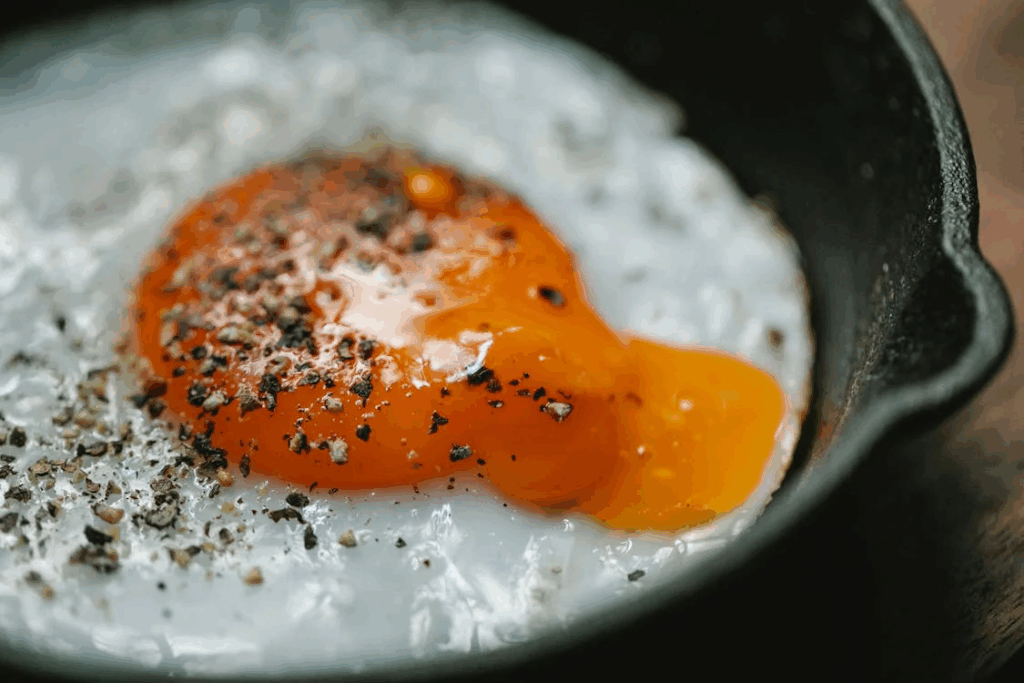
When it comes to frying eggs, there’s no one right method. It depends on what you’re craving, crisp, soft, runny, or rich. But if you’re open to trying something totally unexpected, mayo might just be your new best friend in the skillet. Whether you’re making breakfast for one or prepping eggs for a fancy brunch, don’t be afraid to step outside the norm. Sometimes the weirdest idea turns into your go-to technique. Now go fry something delicious.
Read More: 10+ Surprising Muffin Tray Hacks for Everyday Life

